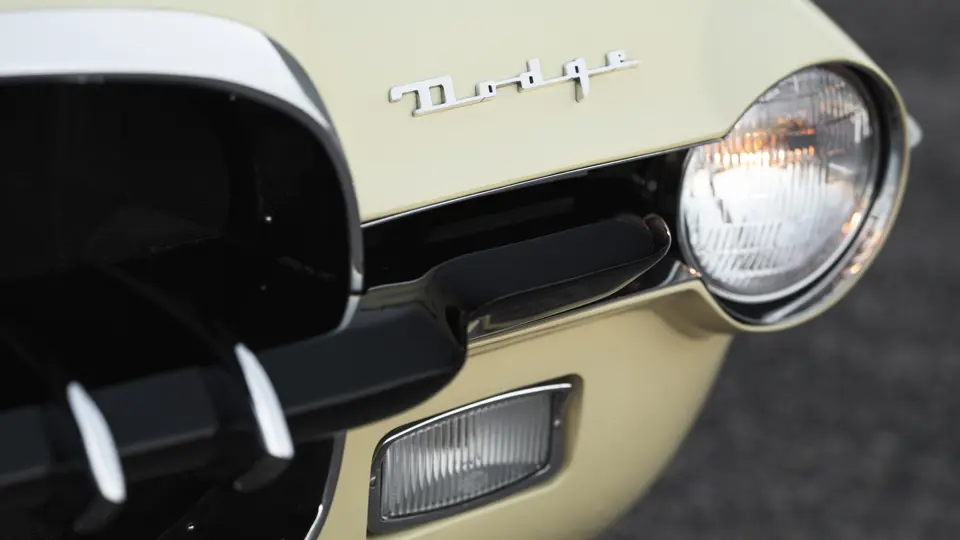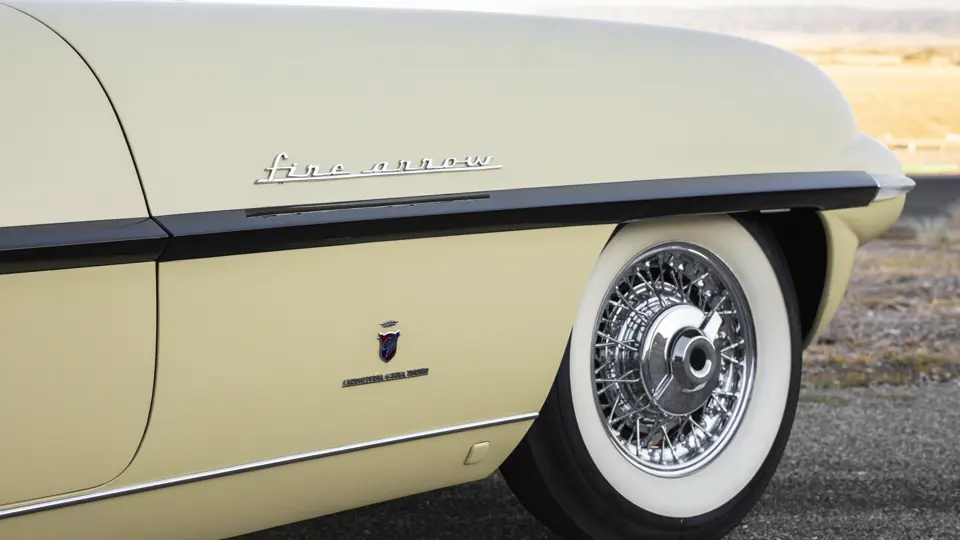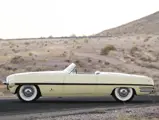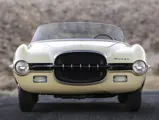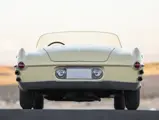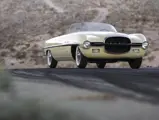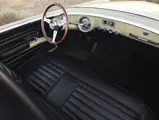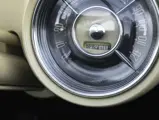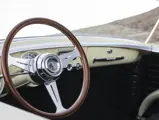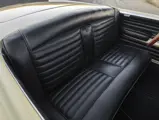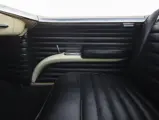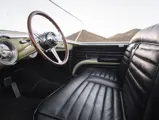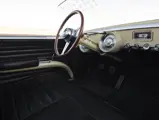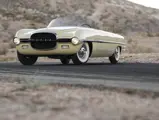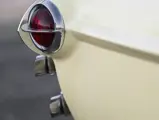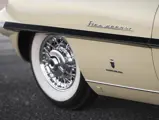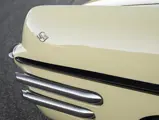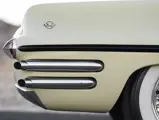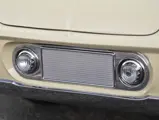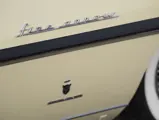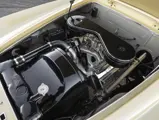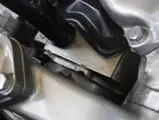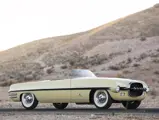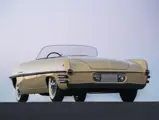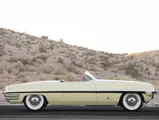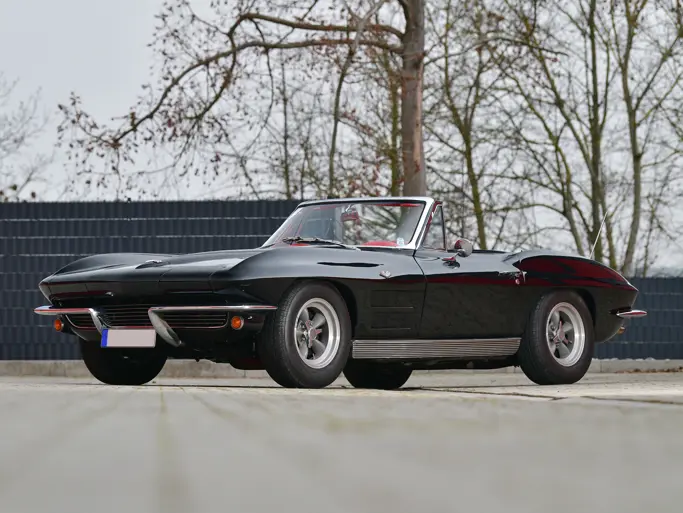
1954 Dodge Firearrow II by Ghia
{{lr.item.text}}
$1,050,000 USD | Sold
{{bidding.lot.reserveStatusFormatted}}
- A dazzling, Jet Age Italo-American concept
- The first of the fully functional Firearrows; widely exhibited in-period
- Elegant bodywork by Carrozzeria Ghia; “Red Ram” Hemi V-8 power
- Among the most memorable, popular, and influential manufacturer show cars of its era
Chrysler Corporation may not have been the first automaker to wow the public with what we now call a “concept car;” that honor is typically afforded to Buick and its 1938 Y-Job. Yet the so-called “idea cars” produced by the Chrysler brands, especially those created under the auspices of styling boss Virgil Exner in the years following World War II, proved to be some of the most compelling, influential, and unforgettable concepts ever created. These included the four successive Dodge Firearrows, which wore hand-crafted bodywork by Carrozzeria Ghia of Turin, Italy.
As a designer, Exner was sharply critical of what he called “jellyroll and tinsel styling” deployed by crosstown competitors; instead of “old-fashioned gingerbread” adornments and chrome, he championed the use of clean, functional forms (of course, Exner was not afraid to deploy brightwork if merited by the situation). This philosophy is evident in Exner’s hugely important “Forward Look” production cars, but naturally, he was free to push the envelope even further with the dazzling concepts developed under his watch.
To bring his visions from drawing board to reality, Exner looked across the Atlantic. Traditional carrozzerias such as Ghia retained the knowledge and skill needed to realize a unique design in hand-formed sheet metal even as the coachbuilding arts faded in America—and, as a bonus surely appreciated by Chrysler Corporation accountants, the US dollar went very far in an Italy recovering from war.
With unbroken side flanks notably bereft of well-defined rear fender haunches, the first Dodge Firearrow was a clear departure from the previous cars Ghia had created for various Chrysler brands. This was understandable: Unlike the prior creations, the Firearrow’s styling came from within Ghia, rather than Exner’s pencil in Detroit. No matter. When the bright red Firearrow debuted in 1953, it was an instant hit, drawing crowds wherever it was exhibited and prompting rumors of a limited production run.
What it was not, however, was a running automobile; the first Firearrow was a static full-size model with no engine, suitable for display only.
A FULLY FUNCTIONAL FIREARROW
The success of the initial Firearrow led to the creation of the car offered here, the Dodge Firearrow II. Like the first, it was a low, sleek two-seat roadster with a dramatic frameless windshield and sharp, subtle fins, and it was also built on a Dodge chassis (in this case, one with a 119-inch wheelbase). Differences were numerous, however, including a change from quad headlamps to two wide-spaced units, round taillights, chromed wire wheels, a new toothed grille treatment, and trim that stopped at the sides, rather than wrapping around the front and rear fascias. It was finished in light yellow.
Most importantly, the quad exhaust pipes integrated into the rear fenders were there for a reason this time: There was a 241-cubic-inch, 150-horsepower “Red Ram” Hemi V-8 tucked under the hood, mated to a Gyro-Torque four-speed automatic transmission. Production features like exterior door handles may have been absent, but the Firearrow II was an operational car. And despite the largely Italian origin of its looks, it embodied Exner’s principles of clean, horizontally driven design with limited-yet-effective adornment quite effectively.
Shown extensively following its debut in 1954, the Dodge Firearrow II again proved to be a hit with the public. Two additional cars, a coupe and another roadster, followed; the Firearrow IV was in many respects a pre-production prototype complete with features like exterior door handles and a folding convertible top. Ultimately, however, production was never greenlit, although the Hemi-powered Dual-Ghias did make good use of the basic Firearrow design—and styling elements such as low hoods, clean slab sides, and airy cockpits would define Mopar offerings for years to come.
Restored in its correct light yellow over a black two-seat interior while part of the famed concept car collection of Joe Bortz in the early 1990s, the Dodge Firearrow II appears as forward-looking today as it did when it debuted. Its wood-rimmed Nardi steering wheel, as well as the Ghia badges it wears, are reminders of its Italian heritage, yet its Dodge chassis and Hemi V-8 give it distinctively American power and road presence. Significantly, as the first of the drivable Firearrows, it makes fewer concessions to production-readiness than its successors, exemplifying Jet Age concept car design at its purest and finest.
This captivating, one-of-a-kind Italo-American hybrid promises to steal any show today…just as it did when it was first unveiled in 1954.




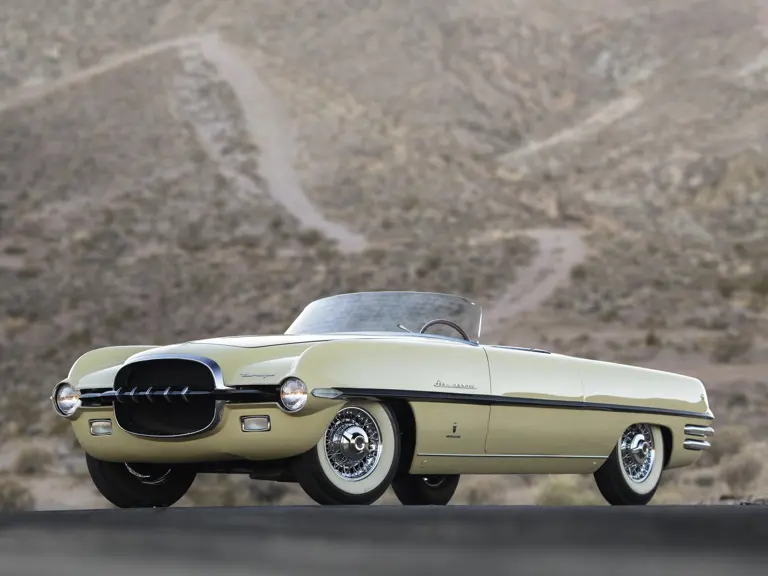

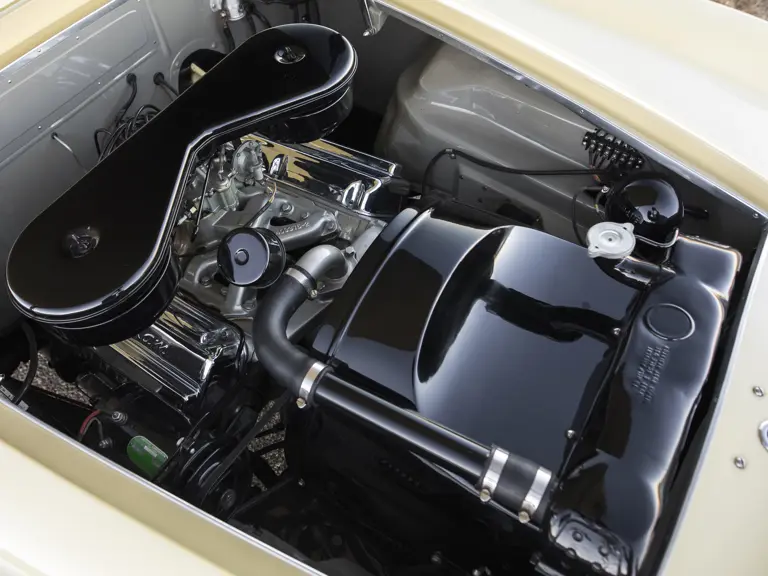
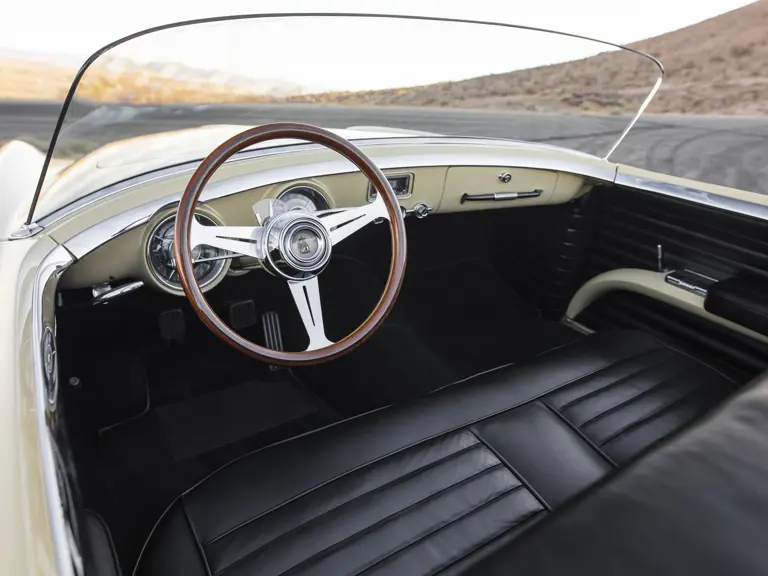
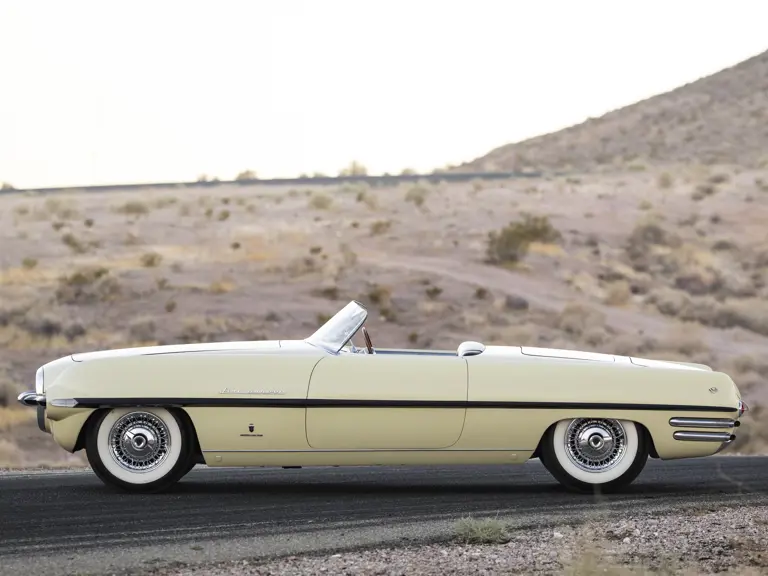
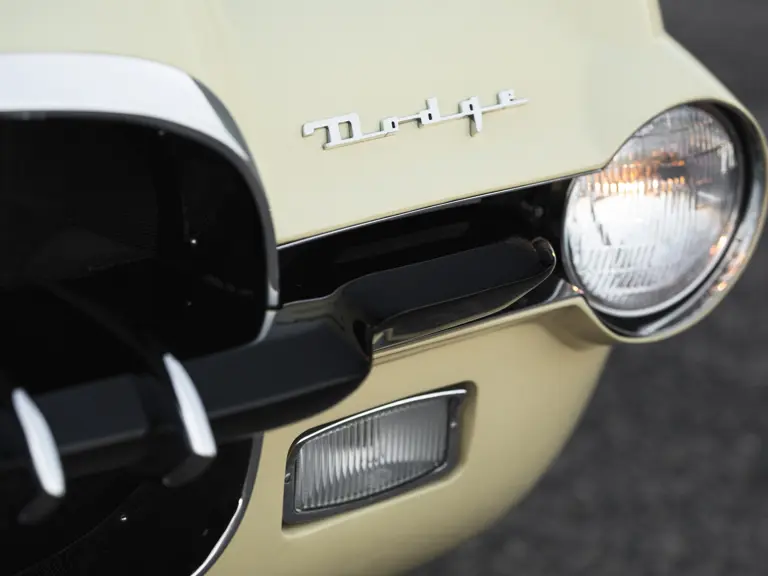
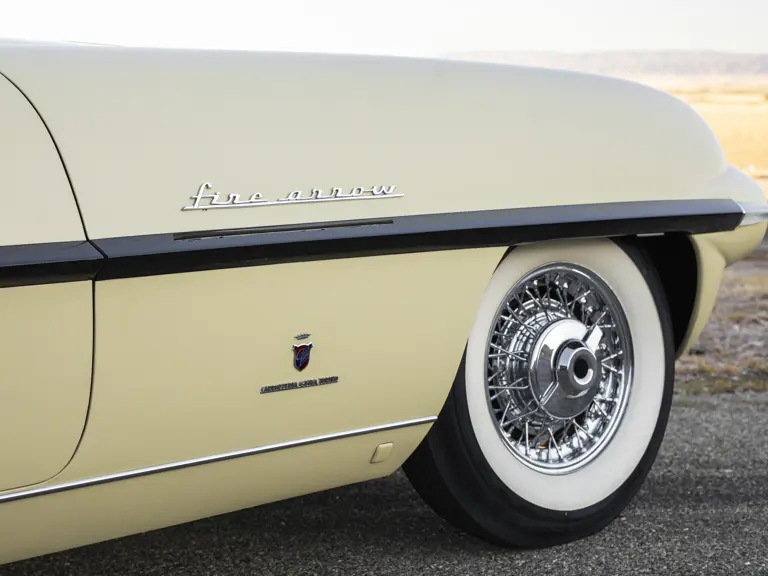
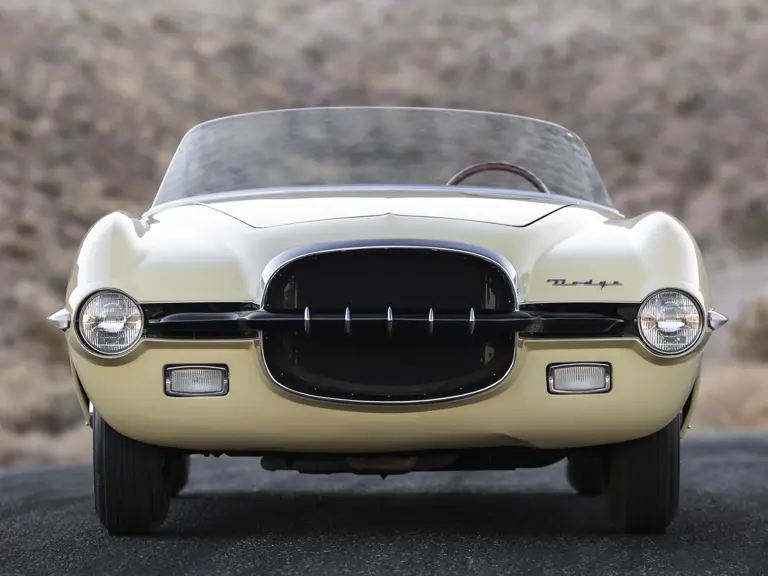
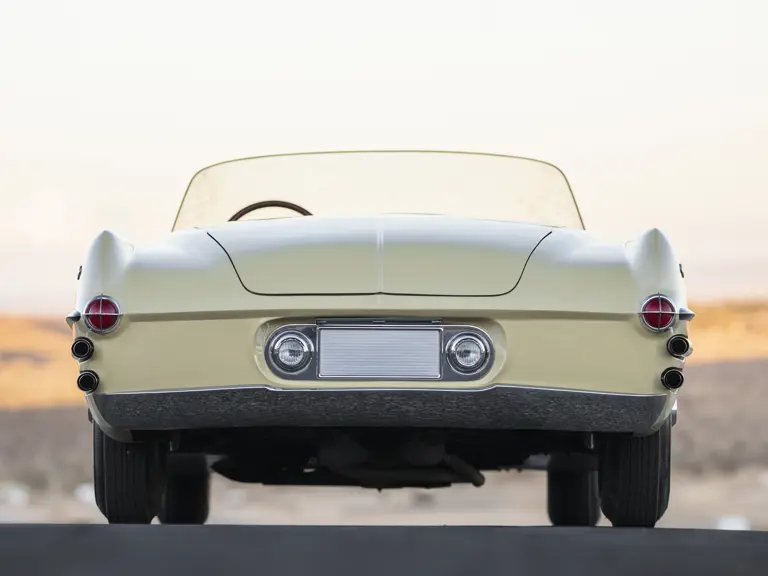
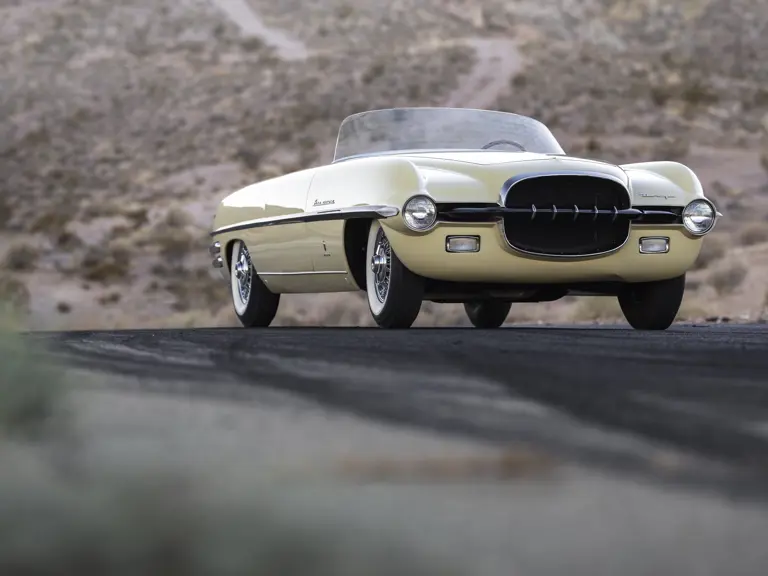
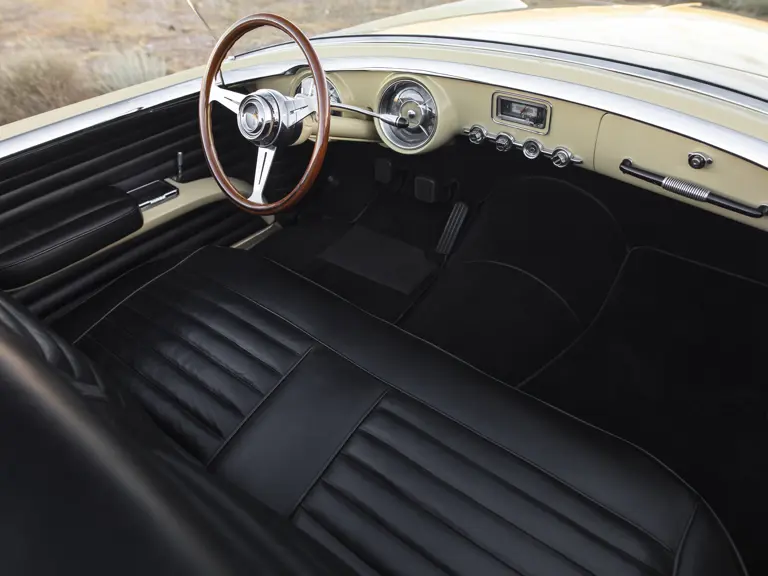
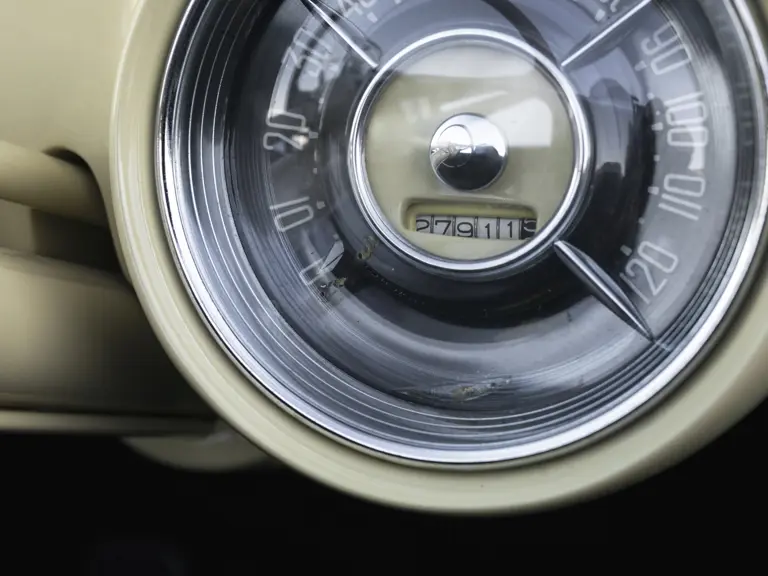
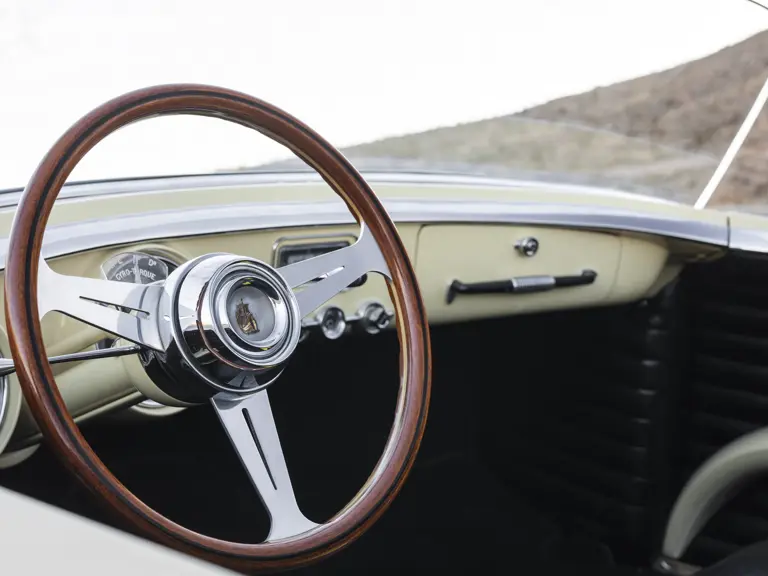
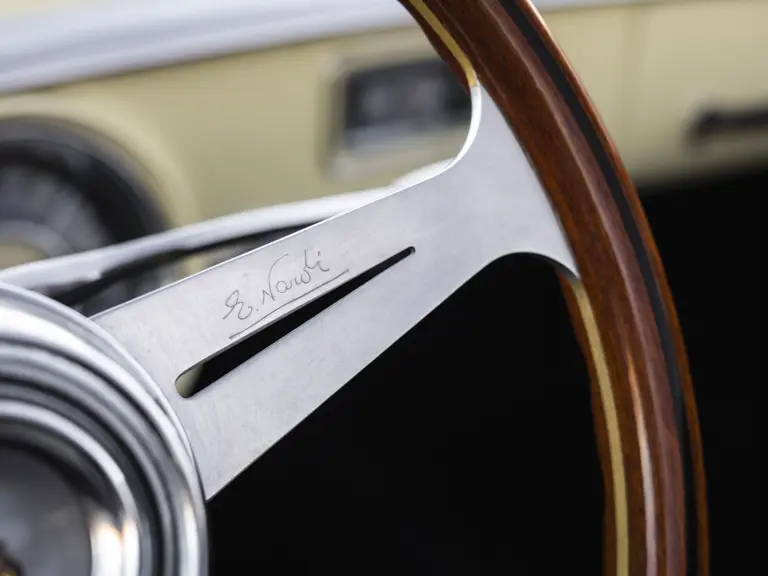
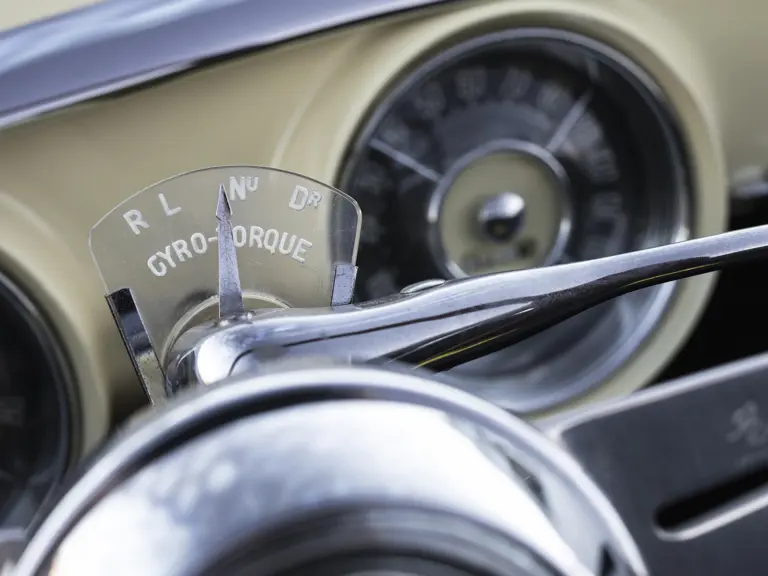

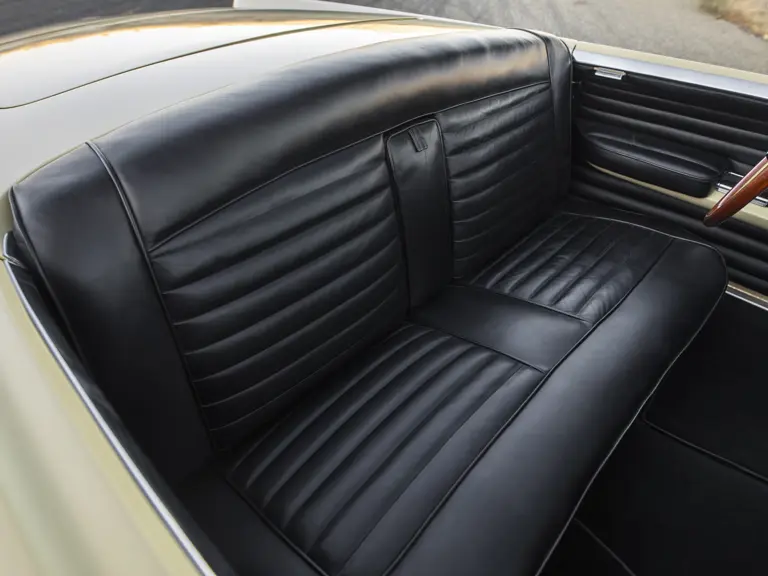
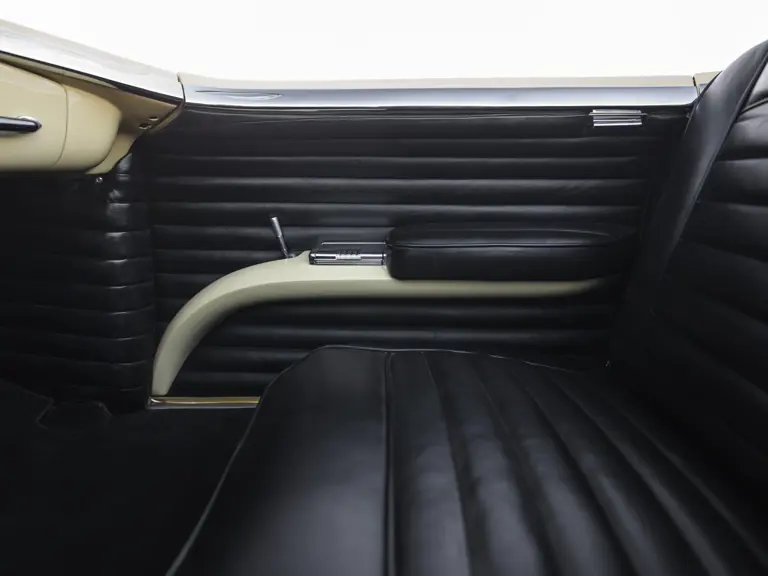

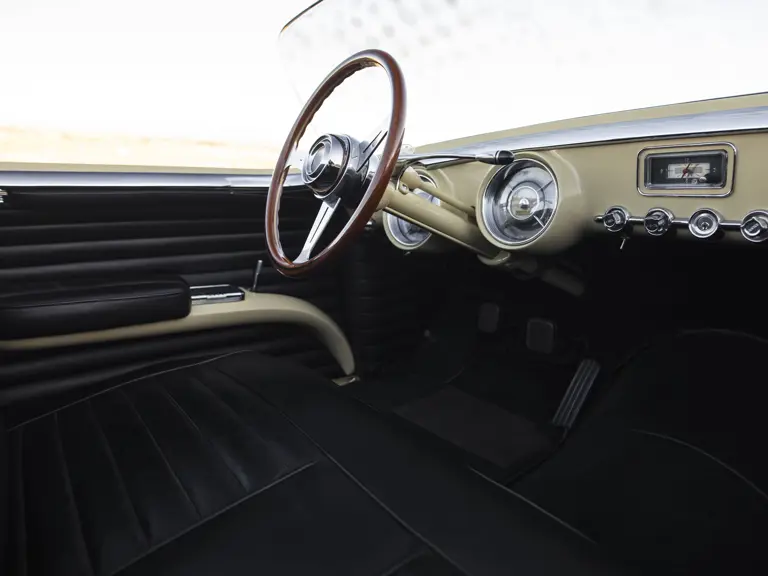
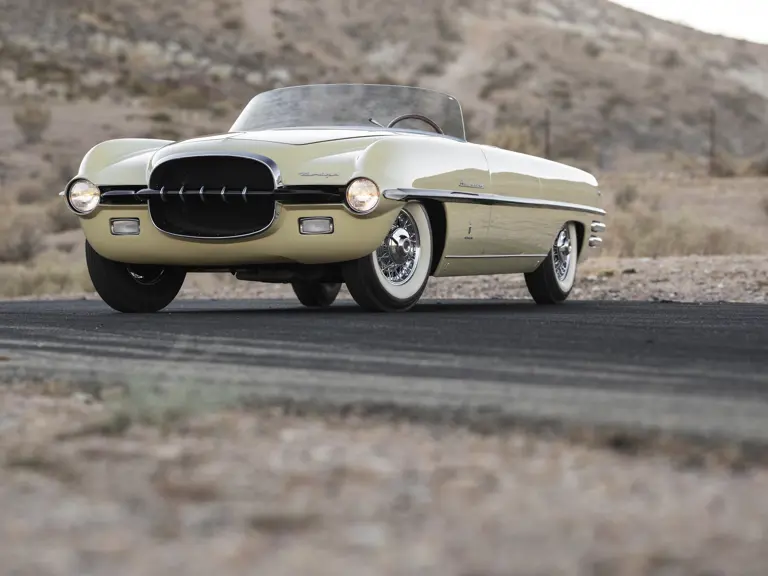
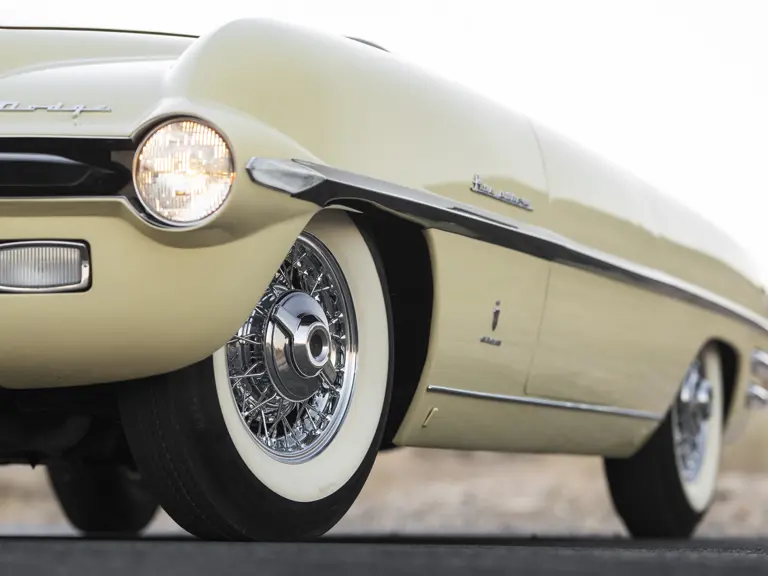
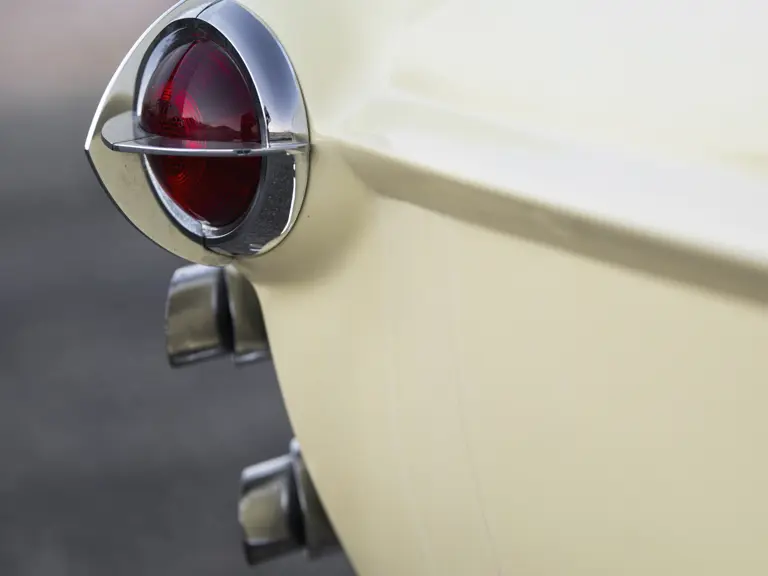
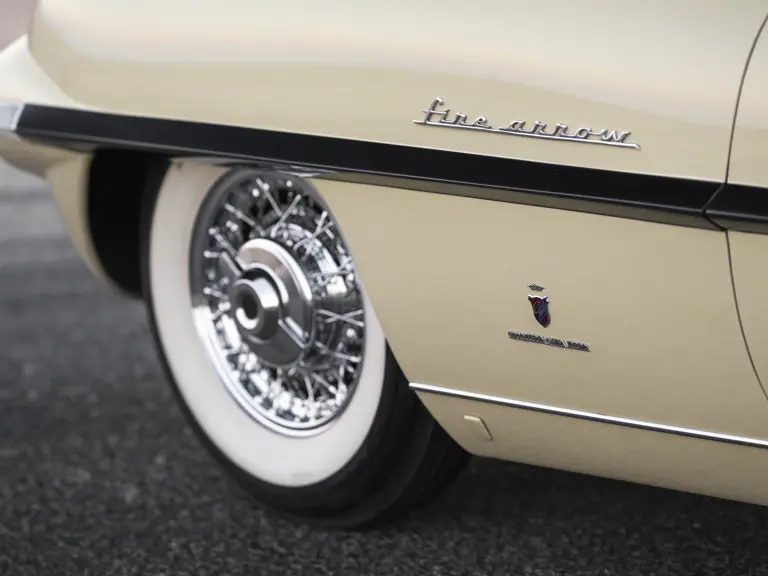
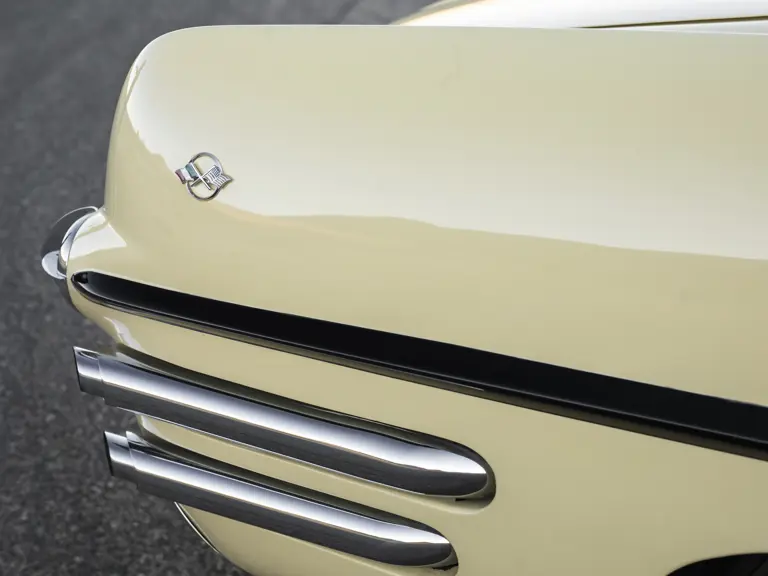
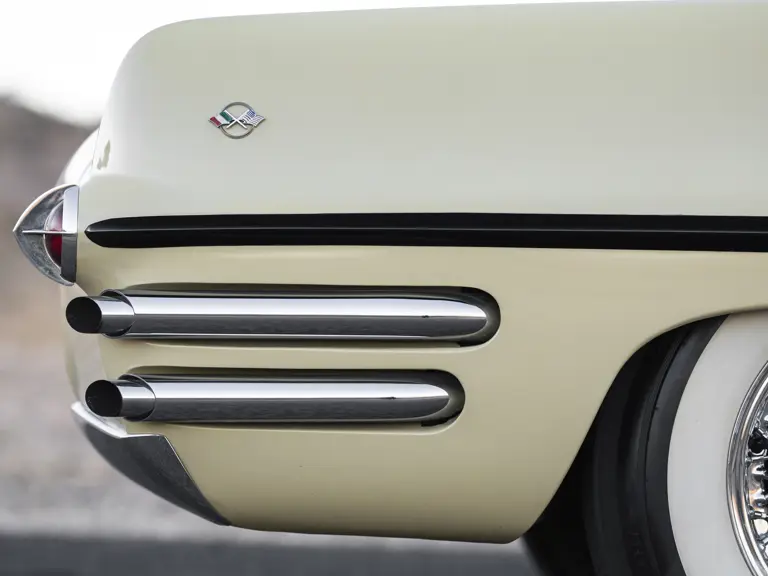

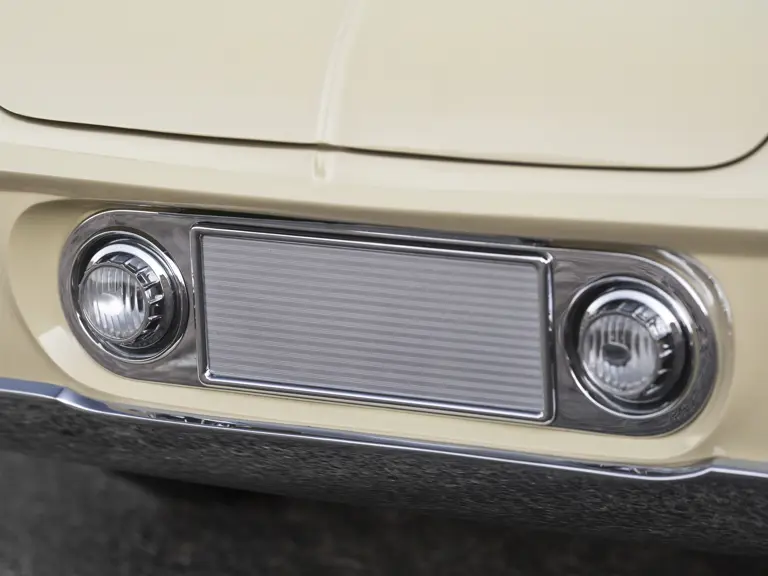

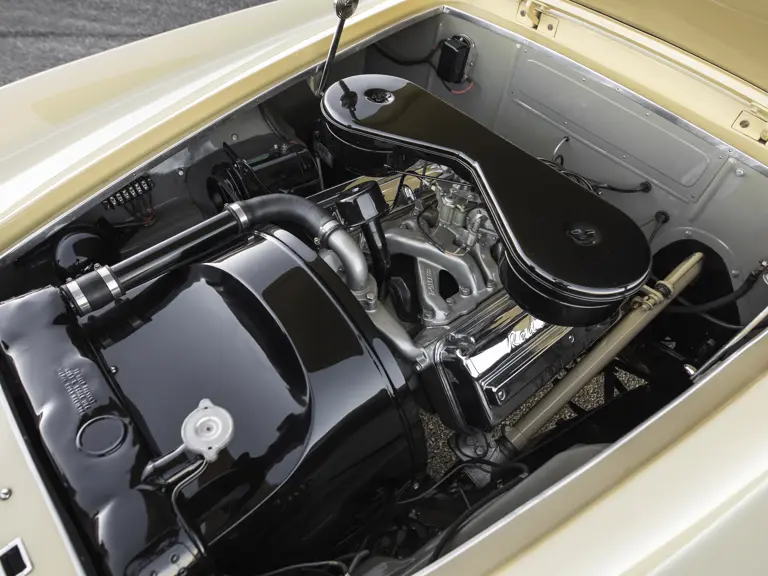
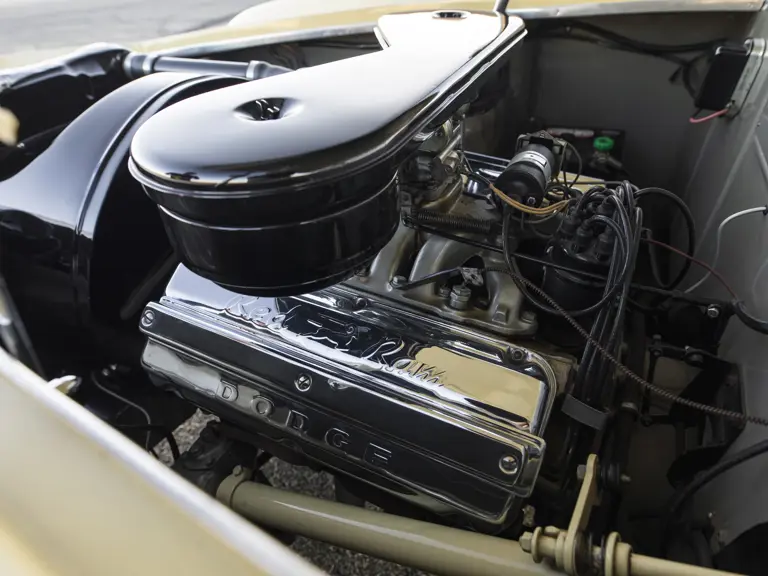
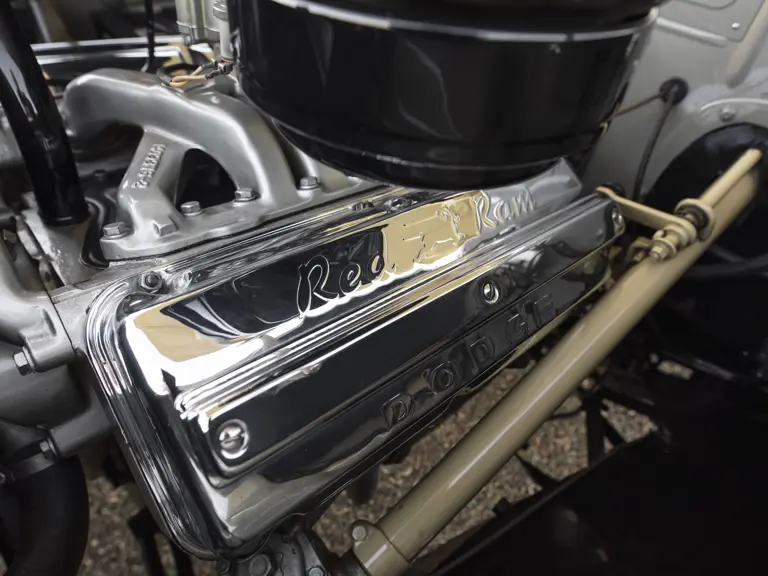

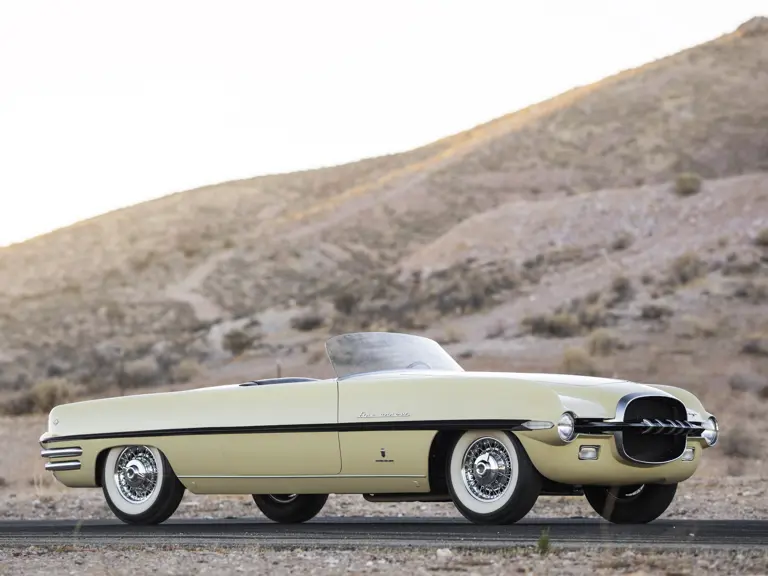
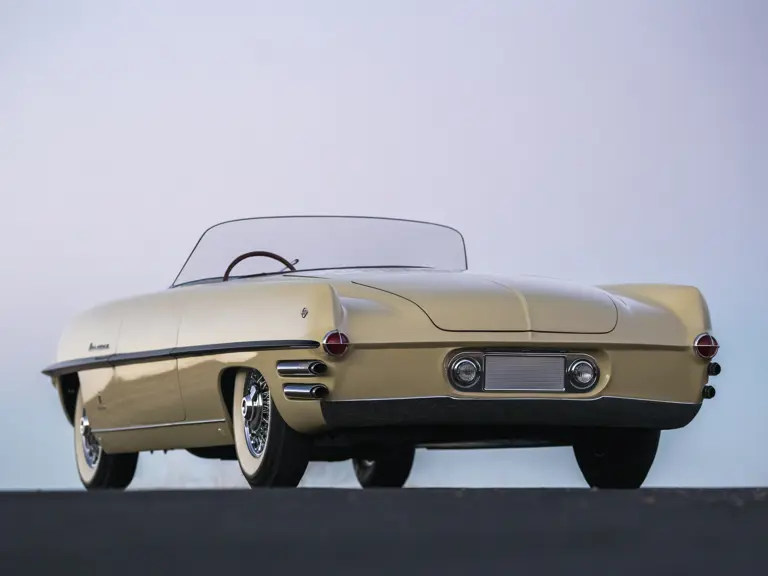
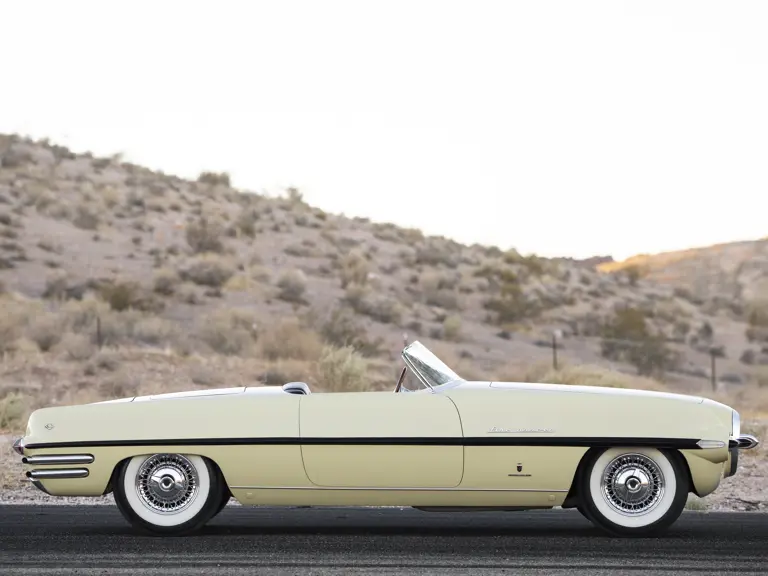
 | Monterey, California
| Monterey, California

